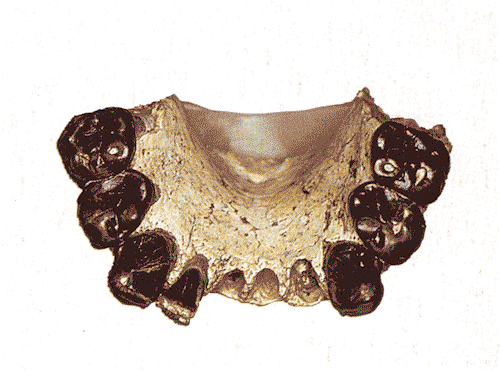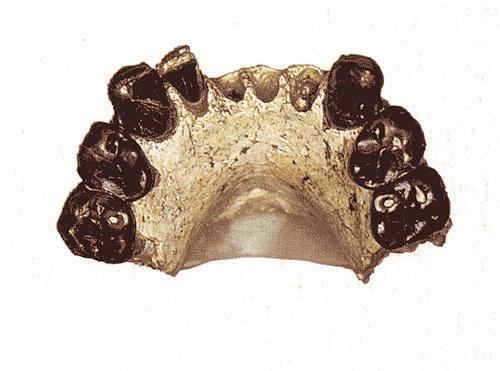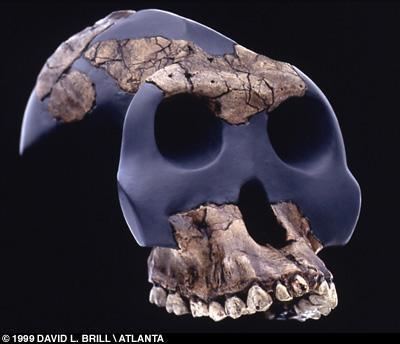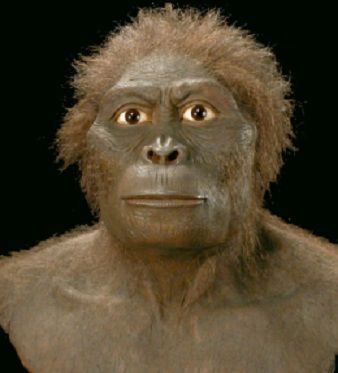Kingdom Animalia Order Primates Subfamily Homininae Rank Species | Phylum Chordata Family Hominidae Higher classification Southern ape | |
 | ||
Genus Australopithecus or Praeanthropus Scientific name Australopithecus bahrelghazali Similar Australopithecus garhi, Southern ape, Australopithecus anamensis, Kenyanthropus platyops, Paranthropus aethiopicus | ||
Australopithecus bahrelghazali
Australopithecus bahrelghazali is a fossil hominin discovered in 1995 by a Franco-Chadian team led by the paleontologist Michel Brunet. Two fossils have been described:

- A mandibular fragment found at Chad east of the Bahr el Ghazal ("river of gazelles") to about 45 km (28 mi) from the fort of Koro Toro, by the Franco-Chadian team of Michel Brunet (paleontologist) January 23, 1995 on the site called KT12. Named after the name of the fossil valley near where it was discovered, cataloged KT12 / H1, the holotype consists of a mandibular fragment, a lower second incisor, both lower canines, and all four of its premolars, still affixed within the dental alveoli.

- An upper premolar of another individual find on the same place January 1996. This paratype is cataloged KT12 / H2.

A third fossil, a fragment of maxilla left, was collected January 16, 1996 on the site of KT13, KT12 close neighbor. Cataloged KT13-96-H1, it appears in a scientific article in 1997 as Australopithecus sp. Indet. before to be named Australopithecus bahrelghazali in 2012.

Finally, a fourth fossil mandibular fragment with two teeth was unearthed July 18, 2000 a few kilometers south of the site KT13 on the new site of KT40. The three sites hominids KT12, KT13 and KT40 are located at the foot of the same sandy cord, the Goz Kerki, testimony of a former shoreline MégaTchad. The fossil potential of this sector therefore remains important.
Australopithecus bahrelghazali was dated by beryllium-based radiometric dating as living about 3.6 million years ago.
The specimen locality is roughly 2,500 km (1,600 mi) west of the East African Great Rift Valley, making it far removed from what broadly thought to be the "cradle" area of human evolution. (The specimen's proper name is KT-12/H1; Brunet named it Abel as a dedication to his deceased colleague Abel Brillanceau.)
The KT-12/H1 mandible has similar features to the dentition of Australopithecus afarensis, which fact has caused researcher William Kimbel to argue that Abel is not a separate species, but "falls within the range of variation" of the species Australopithecus afarensis. By 1996, Brunet and his team classified KT-12/H1 as the holotype specimen for Australopithecus bahrelghazali. This claim is difficult to substantiate, as the describers, contrary to the International Code of Zoological Nomenclature, have kept the specimen locked away from inspection by the general paleoanthropological community. A. bahrelghazali is unique as it is the only australopithecine fossil found in Central Africa. It is also of great importance as it is the first fossil to show that there is a geographical "third window", that is, beyond East Africa and South Africa, of early hominin evolution.
